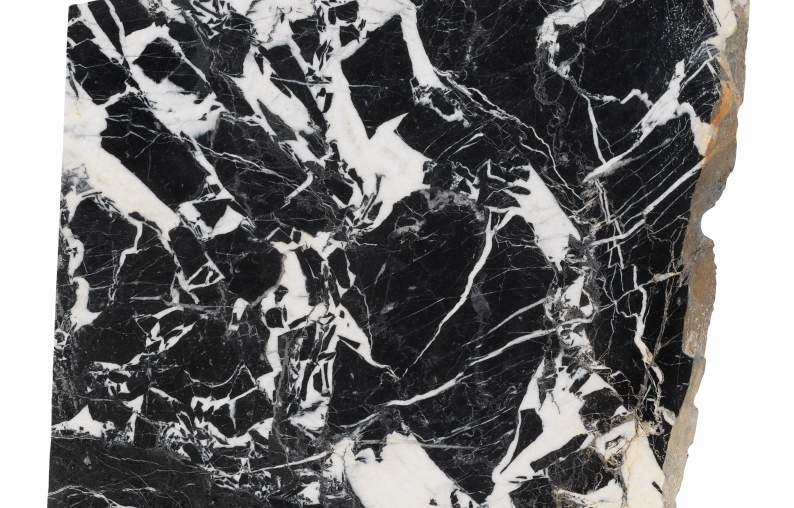At the Capitoline Museums, in two rooms of the Palazzo Clementino, a precious selection of more than 660 polychrome marbles from the imperial age from the Capitoline collection and the Dino and Ernesta Santarelli Foundation will be on display from April 13 to 30, 2022, on the occasion of the exhibition I Colori dell’Antico. Santarelli Marbles at the Capitoline Museums.
Thanks to a 10-year free loan, the exhibition offers the public an overview of the considerable amount of stones imported to Rome, through which to trace the millennial history of the capital from an artistic, but also sociocultural, political and economic point of view. Indeed, the use of polychrome marbles characterized Roman architecture in the imperial age.
The first room will display 82 polychrome fragments from the Santarelli Foundation; the second room will host two pairs of specimens, one from the early 19th century with 422 pieces, also from the Foundation, the other belonging to the Capitoline collection, begun in the second half of the 19th century by the Gui family and consisting of 288 tiles. Also on display in the same room will be a head of Dionysus mounted on an irrelevant female bust, consisting of eight different marble types, and a selection of marble working tools from the Fiorentini workshop. A documentary, edited by Adriano Aymonino and Silvia Davoli, will then be shown on a loop, tracing the history of these materials that arrived in Rome with the expansion policy of the empire.
The use of some colored marbles dates back to the Neolithic or late Bronze Age, such as the hard green serpentine. In Egypt the pharaohs exploited different qualities, and their last dynasty, the Ptolemies, expanded the repertoire with porphyries and alabasters, later prized in Rome. The introduction of some colored marbles dates from the Republican period, such as ancient yellow and pavonazzetto, while their widespread use is linked to the Emperor Augustus. The largest assortment of colored marbles dates back to the Flavians. Many quarries became imperial with the Antonines, who increased the extra-Italic ones. The hues were enlivened by polishing, grease or wax and had to correlate with paintings and decorations, almost all of which have been lost.
The gradual Western military, political, administrative, and economic dissolution, corresponding to the early Middle Ages, saw the closure of most quarries, followed by a strong tendency to reuse ancient materials. A new art developed, which made original use of colored marbles. Floors with slabs reused whole or shredded to form geometric patterns became widespread. In the Renaissance we see that the vivid hues of Rome were faded or reinvented. A change is due to the maturity of Raphael, in the Vatican Stanze, beginning with that of the Incendio (1514-1517), where several colored stones are congruously painted. In the mid-sixteenth century, marble tarsia developed in Florence, which seems to be reflected in Bronzino’s style. Paintings on slate and later on other stone qualities also spread then.
The vivid colors of Rome soon triggered a commonplace: they would be excessive, corrupting the measured Greek simplicity.
The exhibition is curated by Vittoria Bonifati; the installation is sponsored by Roma Culture - Sovrintendenza Capitolina ai Beni Culturali and the Santarelli Foundation.
Hours: Daily from 9:30 a.m. to 7:30 p.m.
Pictured is a plate of Black and White from Aquitaine, France.
 |
| More than 660 polychrome marbles from the imperial age from the Santarelli Foundation on display at the Capitoline Museums |
Warning: the translation into English of the original Italian article was created using automatic tools. We undertake to review all articles, but we do not guarantee the total absence of inaccuracies in the translation due to the program. You can find the original by clicking on the ITA button. If you find any mistake,please contact us.